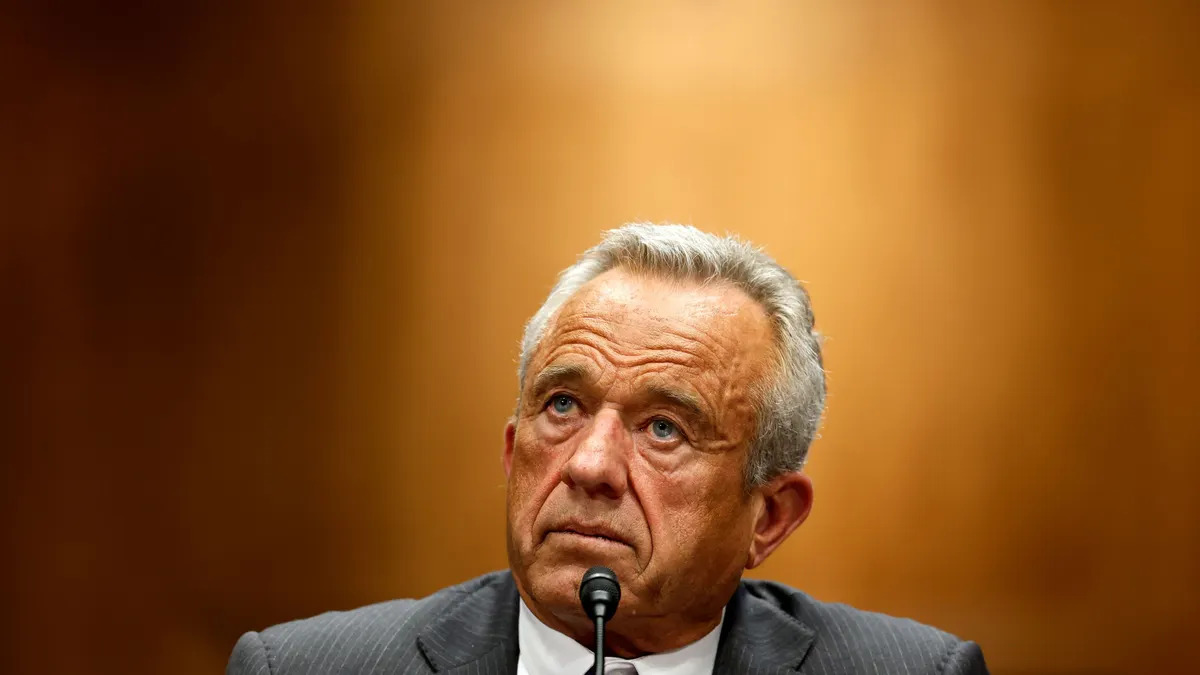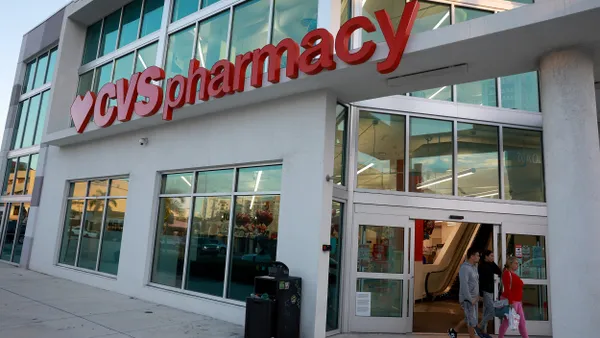Physician burnout spikes 25% in 4 years
That’s the headline from an article about Medscape’s 2017 Physician Lifestyle Survey.
The article reports physician burnout has increased from 40 percent in 2013 to 51 percent today. For health plans, burnout is especially troubling as network physicians are the face of the plan to members.
I’ll confess these alarming statistics did not surprise me. Given what physicians are expected to accomplish during each patient visit, I’m amazed the burnout numbers aren’t higher.
It’s quite possible my view also may be colored by the number of physicians and healthcare leaders who heralded Geneia’s Physician Misery Index.
Geneia’s Physician Misery Index
Geneia surveyed more than 400 full-time physicians and found widespread physician burnout and a nationwide Physician Misery Index of 3.7 out of 5. The survey also revealed 78 percent of doctors said they frequently feel rushed when seeing patients.
It seems to me the heart of the doctor/patient relationship is rooted in patient visits, and I suspect the solution lies in looking at patient visits in more detail. After all, for most physicians, the ability to create meaningful relationships with their patients and truly impact health outcomes is why they entered the practice of medicine, and therefore is critical to experiencing joy in their work.
Physicians and Patients Feel Rushed
According to Medscape’s 2017 Physician Compensation Report, the average patient visit is about 19 minutes. Additional research led by Christine Sinsky, MD of the American Medical Association found that only 52.9 percent of a visit is dedicated to talking to or examining patients
Yet, there is an ever-expanding list of things to do in 10 minutes or less:
- Greet the patient.
- Ask the patient why he or she has come into the office. Potentially engage in a dialogue about a chronic or recurring illness.
- Examine, assess and diagnose the patient.
- Communicate the diagnosis and explain the treatment plan. Ensure the patient understands the diagnosis and next steps.
- Answer questions.
- Create and maintain a relationship with the patient.
At the risk of stating the obvious, that’s a demanding and action-packed 10 minutes, and the physician needs to do this as many as 18 times a day. Every day.
Is it any wonder physicians are increasingly burned out?
What If Technology Had a Heart? At Geneia, It Does.
Even before we created the Physician Misery Index, we started asking ourselves, “What if technology had a heart?”
In answering that question, we set out to create technology solutions to stop physician burnout and increase the satisfaction of physicians and patients. We have always believed technology and analytics designed with physician input and to fit within the existing workflow can help restore the Joy of Medicine to physician practice.
We believe:
- Physicians are a highly-valued, limited resource;
- The central tenant to design of physician workflows and tasks must be to minimize the overall effort expended by physicians;
- To the greatest extent possible, everything that can be done by someone other than a physician, in fact, should;
- That other administrative and care team members are perfectly equipped, if given the right information and tools, to identify risk, coordinate care, manage open care opportunities, close care and coding gaps, motivate and engage patients, and perform recordkeeping to maximize a return on quality, cost and revenue, and
- We must reserve physicians’ time for the patient relationship, diagnosis and treatment.
How Remote Patient Monitoring Helps Stop Physician Burnout
The Geneia @HomeSM remote patient monitoring program, a 24x7x365 solution that helps chronically-ill members as well as their physician and care team better understand, monitor and manage their health, is a perfect example.
Nearly all components of the remote patient monitoring program happen outside the doctor’s office and the traditional patient visit, and are managed by a broader care team.
At the same time, our 12-month scientific study shows remote patient monitoring works. We were able to slow disease progression, reduce hospitalizations and lower costs.
Remote patient monitoring also results in more fruitful office visits for the physician and the patient. Rather than rely on patient recollections, accurate @HomeSM program health values are seamlessly integrated into the patient’s health record and are actionable during and between patient visits.
All of us need and want satisfied physicians. That’s why those of us who work at Geneia are so passionate about solutions like the @HomeSM remote patient monitoring program that effectively use technology to improve patient care as well as patient and physician satisfaction.
Heather Lavoie, Geneia Chief Strategy Officer









